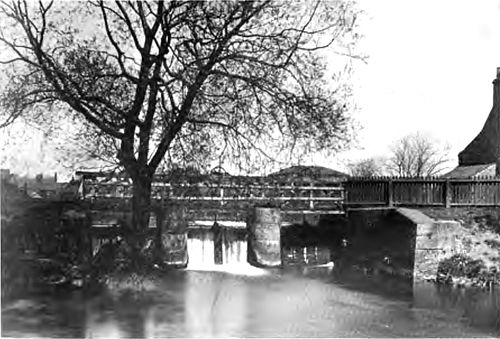Rifle Corps, for the district, at which the Deputy Lieutenant attended. Among those present were Major Smart, of Tumby, J. Wadham Floyer, of Martin Hall, H. F. Conington, Clarence House, Horncastle, Dr. B. J. Boulton, Dr. W. Ward, Messrs. W. S. Clitherow, R. C. Armstrong, E. Babington, F. Gilliat, F. W. Tweed, J. R. Banks, and most of the chief tradesmen and residents in town and neighbourhood.
The Muster Roll, which is still preserved, of the corps then formed, and designated the "G Company of the 1st Battalion of the Lincolnshire Regiment of Volunteers," has at its head the name of Henry Francis Conington, as Captain, March 9th, 1860, with Richard W. Clitherow and Robert Jalland, as officers under him, at the same date; then follows a long list of non-comissioned officers and privates, numbering, in the course of a few years, more than

The Stanch.
2,000 names. Captain Conington, promoted Major in 1870, was succeeded in due course, on his going abroad, by Captain, afterwards Major, Robert Clifton Armstrong, who had begun service as Serjeant, and then Lieutenant; having under him, as Lieutenants, Messrs. W. Jeffery and W. S. Clitherow, who were succeeded by Richard V. Clitherow and Robert C. Isle; with Dr. Hugh George as surgeon.
Mr. Arthur Ellwood, of Mareham-le-Fen, who had joined the corps in 1865, succeeded to the command in 1891, with Dr. Keogh, of Coningsby, and
